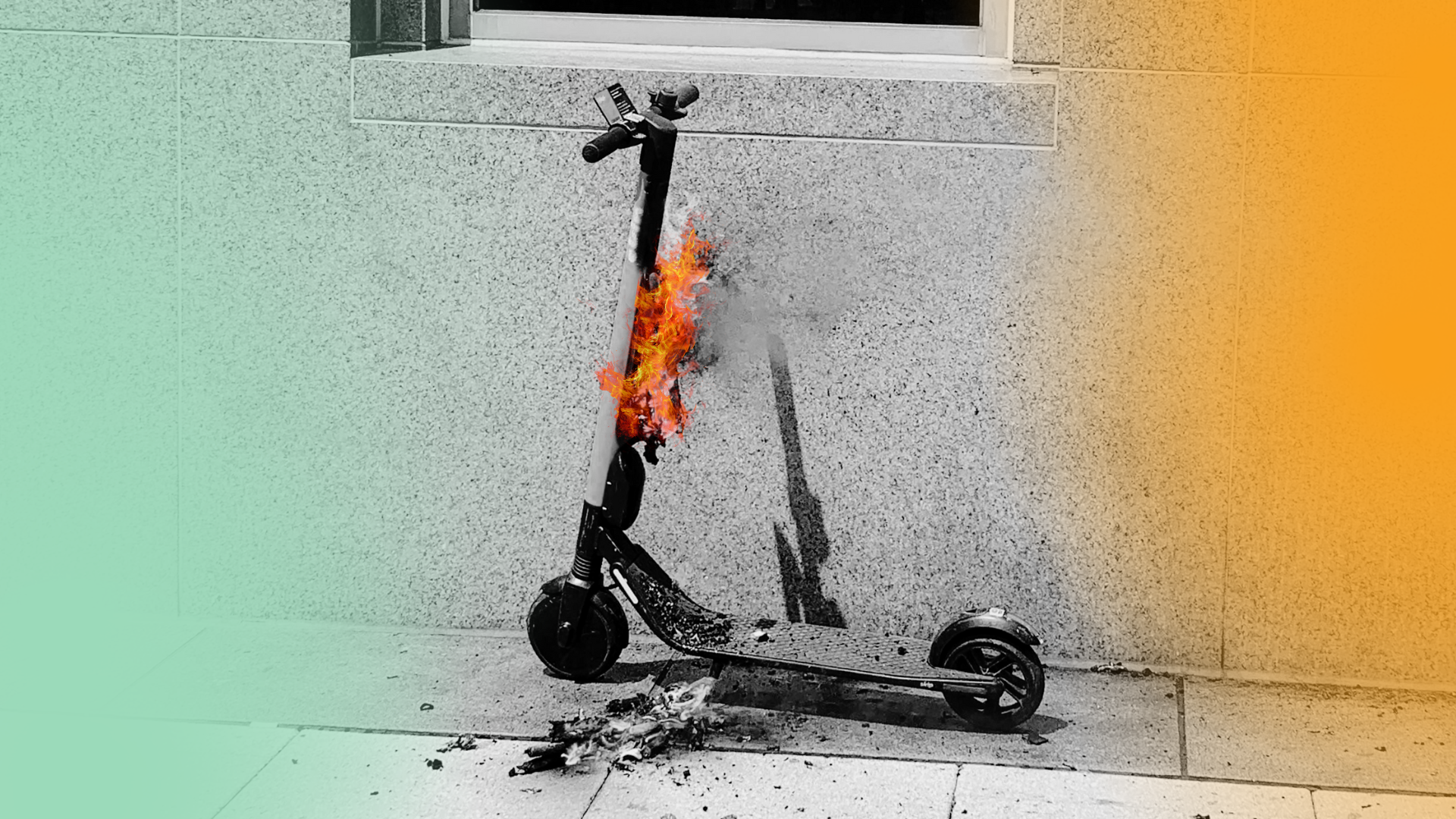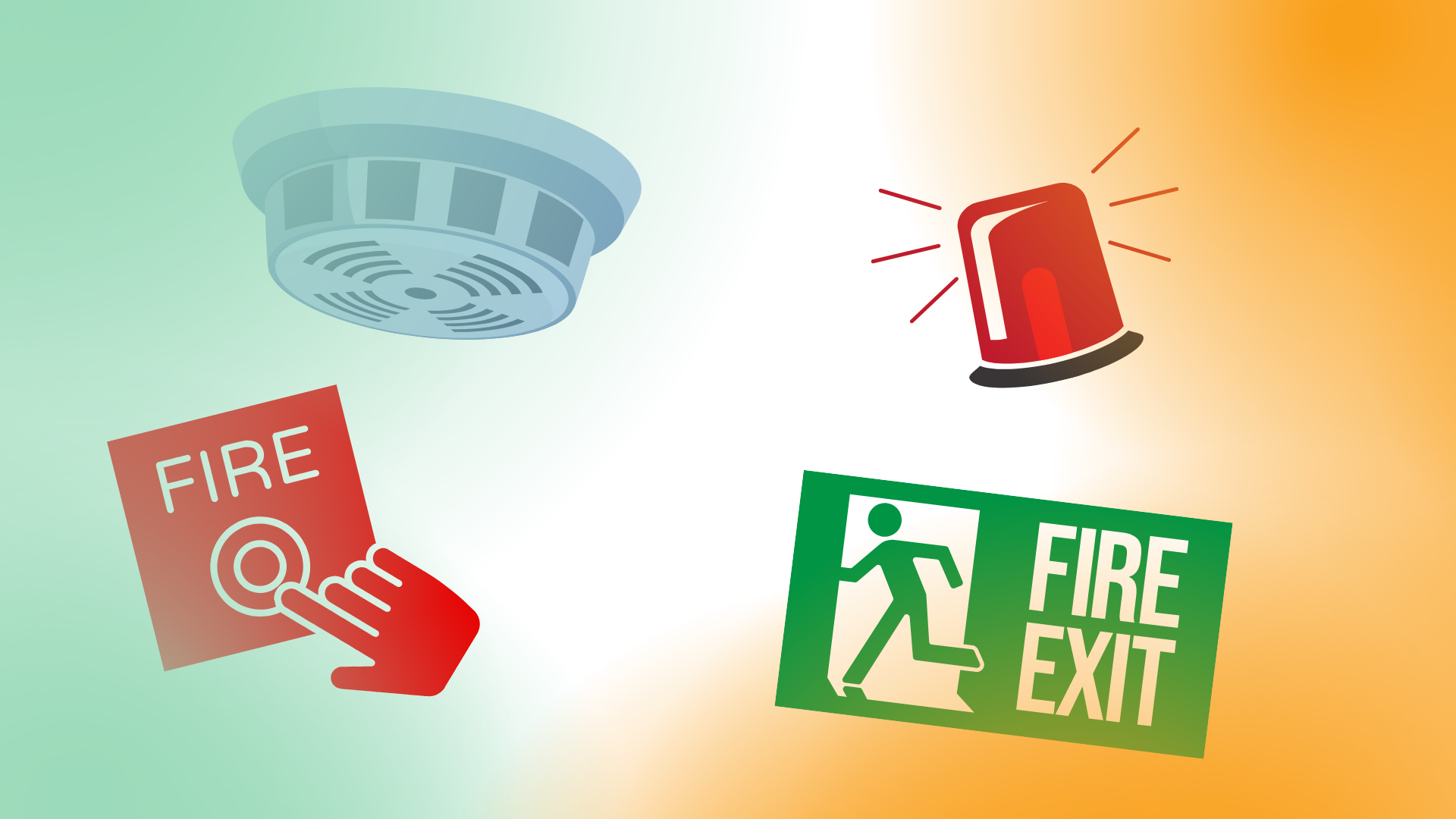Seeing the Danger: Why Visual Inspections Matter in Electrical Equipment Testing
It's not just all about testing
The First Line of Defence
Formal and informal visual inspections are vital steps in any Electrical Equipment Testing (EET) routine. While meter readings and resistance checks get the spotlight, most electrical faults are first revealed by sight, frayed cables, cracked plugs, scorch marks, or loose components. A formal visual inspection, carried out by a competent person, creates a documented safety baseline. Informal checks by users between inspections help catch early wear and tear before it becomes a hazard.
The Real World Risk
According to UK Fire and Rescue statistics, around 4,000 fires a year are linked to faulty or damaged electrical appliances and leads. Many of these could be prevented with simple visual checks. Damaged flexes, crushed cables under desks, and loose plug pins are all common issues that escape detection if we rely solely on test instruments. A brief look can literally save lives, preventing electric shock, overheating, or ignition.
Building Safer Workplaces
The IET Code of Practice and HSE both stress that inspection isn’t a box-ticking exercise, it’s an essential safety control. Encouraging both user awareness (informal checks) and structured, recorded inspections (formal checks) ensures unsafe equipment is spotted early and removed from use. By embedding visual checks into routine maintenance, organisations can reduce downtime, demonstrate compliance, and, most importantly, protect people and property.
Book your PAT Testing (EET Testing) with us today, or find out more here











